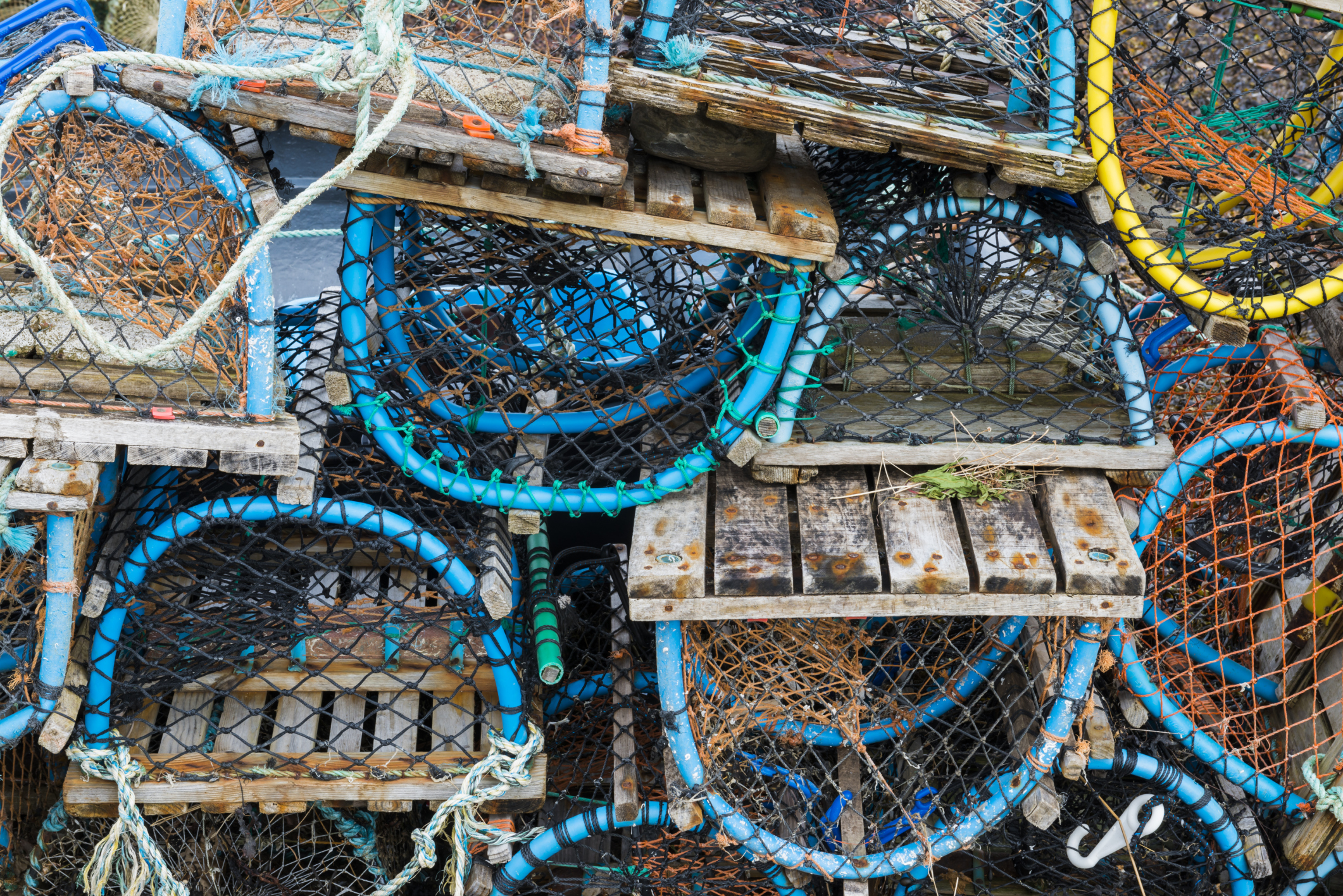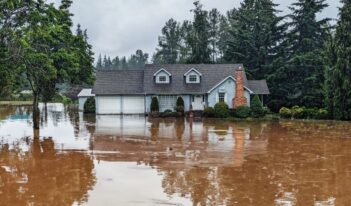
California regulators lift ban on commercial fishing following health, economic, and environmental concerns.
Northern California cuisine prides itself on locally sourced ingredients and Dungeness crab is no exception. The crab has been a long-standing delicacy served in the colder months, prominently featured at many families’ holiday meals. But this year, warmer waters and increased ocean toxins caused an emergency halt in commercial fishing of the crab, producing economic disruptions for a highly seasonal industry and forcing locals to look elsewhere for their holiday meals.
Last month, the Department determined that commercial crab fishing along the state’s Pacific coastline would remain closed—as it had been for months. This announcement followed the Department’s decision to lift a prior ban restricting all Dungeness crab fishing, and instead permit only recreational fishing in certain areas south of Point Reyes, a coastal region approximately thirty miles north of San Francisco. The closure of commercial fishing caused a strain for the fishing industry as well as restaurants and food retailers.
In mid-March, however, the California Department of Fish and Wildlife decided to lift the months-long ban on commercial fishing in areas south of Sonoma and Mendocino counties. This leaves fishers until June 30—when the season is slated to end, subject to the Department Director’s discretion—to make headway after months of struggle.
Speaking about the previous closures, Charlton Bonham, director of the Department of Fish and Wildlife, said “like many decisions I have had to make regarding this closure, I do not make it lightly and only after extensive input and thought.” “I understand that there are people suffering economic losses from this closure.”
Yet, commercial crab fishers had been bracing themselves for a disrupted season since last November, when a health crisis first prompted regulatory attention. Late last year, the Office of Environmental Health Hazard Assessment, and the California Department of Public Health, discovered high levels of domoic acid, a neurotoxin, in crab tissues. At any level, domoic acid causes health concerns, ranging from nausea to seizures; in extreme cases, it can result in death.
Heavy accumulation of domoic acid, caused by algae blooms, is a phenomenon known as “red tide.” The toxic acid, which is present in algae blooms, is transferred to shellfish tissue through their consumption of algae. Although the acid does not have deleterious effect on shellfish, it can be poisonous for humans if consumed.
It is estimated that some waters in the Pacific Ocean could be more than five degrees higher than usual. Scientists have linked the algae bloom to these warmer temperatures and, as a result, coastal states like California, Oregon, and Washington have experienced mandatory shellfish restrictions.
In November, the California Department of Fish and Wildlife first called for emergency closures for all crab fishing, in consultation with groups such as the Ocean Protection Council and its specially designated Dungeness Crab Task Force.
Following random testing late last year, the Department of Health later determined that domoic acid levels “declined to low or undetectable levels” that are not enough to cause severe harm for recreational fishers. On that basis, the Department partially lifted its ban and provided guidelines for consuming crab caught recreationally. Officials urged that internal parts of the crab should be removed and that the entire body should be rinsed before boiling or steaming.
But lifting the recreational ban does not help the industry. The past several months have already taken a serious financial toll. Normally, crab fishing is expected to bring in approximately $60 million per year in revenue. Most of that business occurs during a compressed season from November to January. Thus far, losses are alleged to total nearly $50 million.
Earlier this month, Reps. Jackie Speier and Jared Huffman introduced legislation mandating disaster assistance of $138 million for the Pacific States Marine Fisheries Commission. The commission would then allocate the financial resources among impacted parties. But the legislation depends on a federal agency disaster declaration.
In February, Governor Edmund G. “Jerry” Brown sought such a declaration from the U.S. Secretary of Commerce Penny Pritzker. “Crabs are a vital component of California’s natural resources and provide significant aesthetic, recreational, commercial, cultural and economic benefits to our state,” Brown stated. “Economic assistance will be critical for the well-being of our fishing industry and our state.”
Legislators applaud the Governor’s initial steps towards economic recovery. Senator Mike McGuire, Chair of the Joint Committee on Fisheries and Aquaculture, was among of a group of legislators urging Governor Brown to seek out such federal action.
The disaster declaration would “provide desperately needed assistance to the crab industry and local businesses who are struggling. Fishermen are losing homes, racking up debt they can’t afford, and selling off assets, and the impacts are even greater in coastal towns that depend on a healthy crab harvest for their livelihood,” McGuire stated.
The federal Department of Commerce will coordinate with the National Oceanic and Atmospheric Administration to assess the situation in California and make a decision on how to respond to Governor Brown’s request. In the meantime, fishers will soon be back in business and hoping to recoup some of their lost income.



